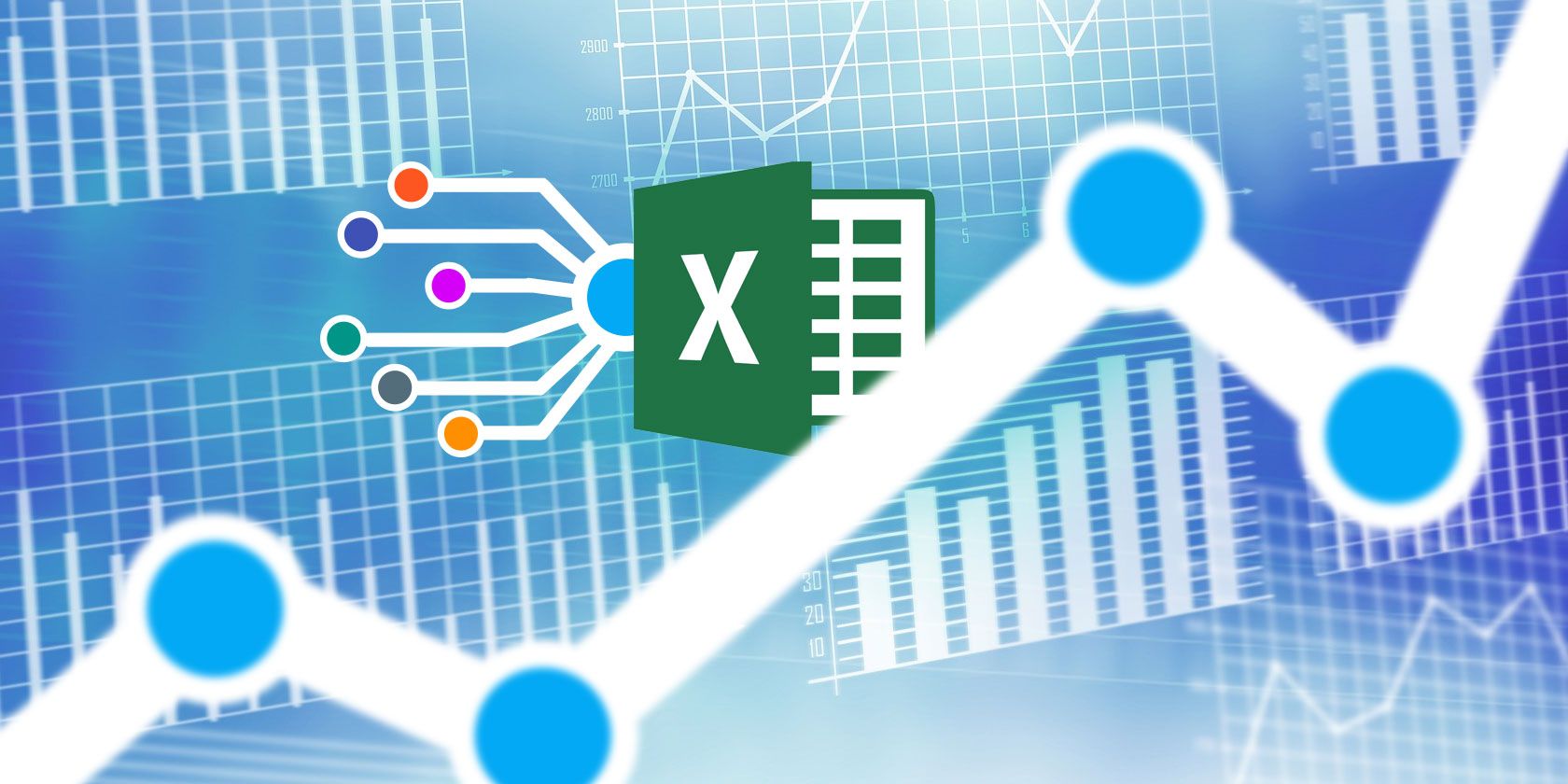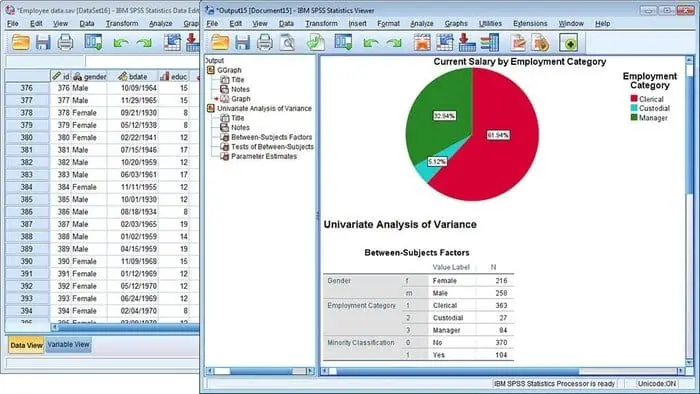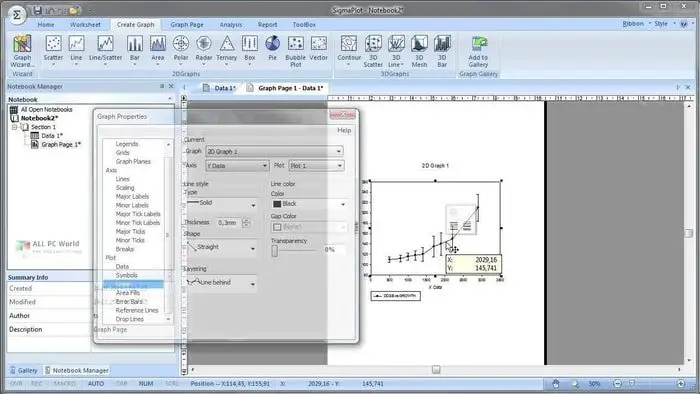
It was built on top of Atom IDE, and featuring multiple views and extending the Atom's default view to compete with RStudio for Julia. Juno IDE is RStudio equivalent for Julia programming language. It supports also using packages from Python, R, C/Fortran, C++, and Java. Julia language has many data-science ready packages including data manipulation, mathematics, and BigData ready packages. Julia language is an open source general purpose programming language,Though, Julia was built to serve as general-purpose language, It manages to attract data scientist and data engineers for its data-science ready features and friendly feature-rich ecosystem which includes: many options for Data Visualization and Plotting, easy datasets management with interactive real-time options, powerful machine learning packages, and parallel computing features. I have been using RStudio for a long time, on Linux and MacOSX, for several projects, It's quite a productive environment especially for data manipulation, analysis, automated reporting and of course my favorite: data exploration.Ģ - Juno IDE : Julia language IDE Juno IDE - src

But I consider the most important features are managing projects and working directories and the interactive debugger. It has a built-in package manager, session manager, terminal panel, a history manager, logger, and environment manager, data viewer and of course code editor with syntax highlighting. Many people are not comfortable working with terminals, RStudio was built to make R easier for them. RStudio is the integrated development environment (IDE) for R programming language, It was built to ease and automate the workflow of R with a user-friendly interface.

This list is created to help newcomers, and students to get the most used, popular and powerful data science tools.

We have compiled a list for Open source Data portals for OpenData publishing, which helps researchers & organisations. I have used most of those in the last years on different operating systems (Linux and Mac OSX), alongside with some commercial solutions as well, at the end I have reached a conclusion data science is an open-source centred field where open source is not about saving money but also providing huge open educational opportunity for free.

Proprietary data analysis and statistical softwares are expensive, especially for students, but we are fortunate to have open source alternatives which they are competing not just with functionalities but with powerful communities, and educational resources. You can save it and return to it as a updated resource. It will receive continues update about the listed applications. 10 min read Note: This article is an Evergreen article.


 0 kommentar(er)
0 kommentar(er)
